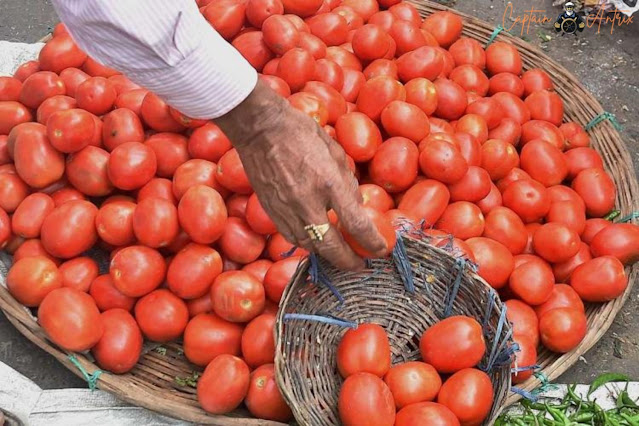
Tomatoes, a chief component in innumerous dishes, have come the talk of the city due to their soaring prices. The swell in tomato prices has left consumers and merchandisers likewise complexed, seeking answers for this unforeseen affectation. In this composition, we will claw into the underpinning factors contributing to this issue and exfoliate light on the reasons behind the soaring tomato prices.
1. Climatic Conditions and Seasonal Fluctuations
One significant factor affecting tomato prices is the impact of climatic conditions on their civilization. Erratic rainfall patterns, including inordinate downfall, famines, or extreme temperatures, can oppressively impact tomato crops. growers face challenges in maintaining harmonious yields, leading to lower force and increased prices. These seasonal oscillations are a natural circumstance and can disrupt the tomato request.
2. Transportation and Distribution Costs
The transportation and distribution process also plays a pivotal part in determining the final price of tomatoes. As tomatoes are perishable goods, they bear effective running and transportation systems. Rising energy prices, labor costs, and logistical challenges can lead to increased charges in getting tomatoes from granges to retail requests. These fresh costs are ultimately passed on to the consumers, further contributing to the swell in prices.
3. Pest and Disease Outbreaks
Pests and conditions pose a significant trouble to tomato crops, affecting both the volume and quality of the yield. Outbreaks of pests, similar as tomato fruitworms or aphids, and conditions like bacterial spot or fine mildew, can affect in substantial losses for growers. To combat these issues, growers may resort to increased fungicide operation, which raises product costs. As a result, consumers may witness advanced prices due to the impact of these infestations.

4. Shifts in Demand and Supply Imbalances
Changing consumer preferences and shifts in demand patterns can have a profound impact on tomato prices. Increased consumption, both domestically and encyclopedically, can strain the being force. likewise, an imbalance between demand and force can arise due to detainments in harvesting, storehouse issues, or dislocations in the force chain. These factors contribute to a drop in the vacuity of tomatoes, driving up their prices.
5. Export and Import Dynamics
India's tomato request isn't limited to domestic consumption; it also plays a significant part in exports and significances. oscillations in transnational demand, import restrictions, or import programs can impact the vacuity and prices of tomatoes within the country. Changes in global trade dynamics, currency oscillations, or geopolitical factors can impact the import and import prices, further impacting the domestic request.
The recent swell in tomato prices has caused concern among consumers and merchandisers likewise. colorful factors, including climatic conditions, transportation costs, pest and complaint outbreaks, demand- force imbalances, and import- import dynamics, contribute to the price volatility. Understanding these factors can help individualities and businesses more navigate the request and anticipate unborn price oscillations. While the current situation may be grueling , it's essential to remain informed about the underpinning causes and work towards long- term results that stabilize tomato prices for the benefit of all stakeholders involved.
